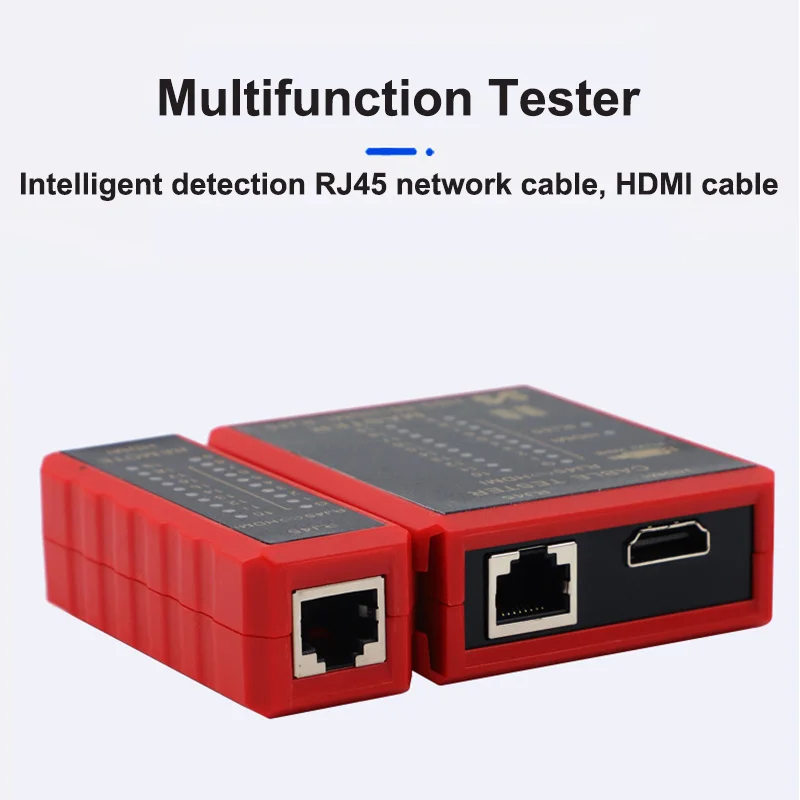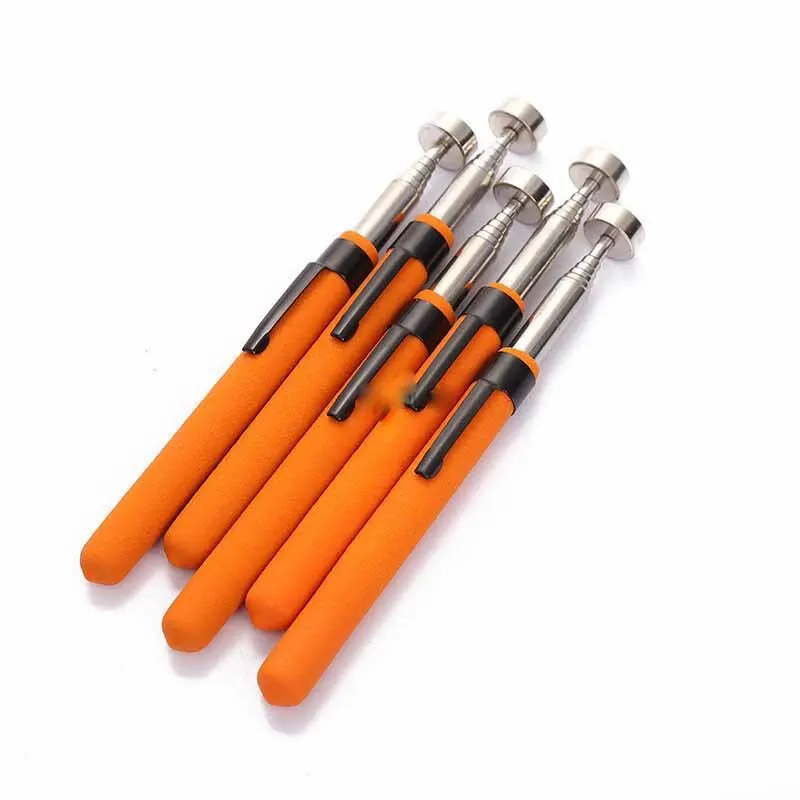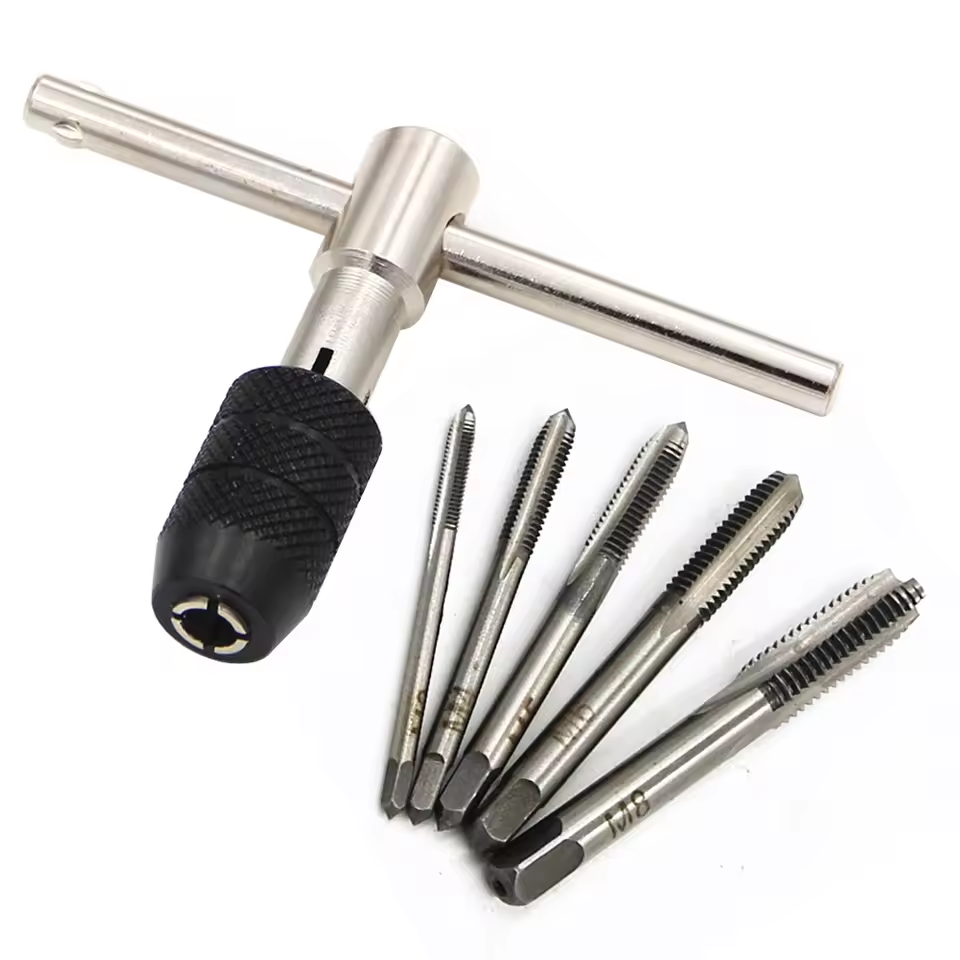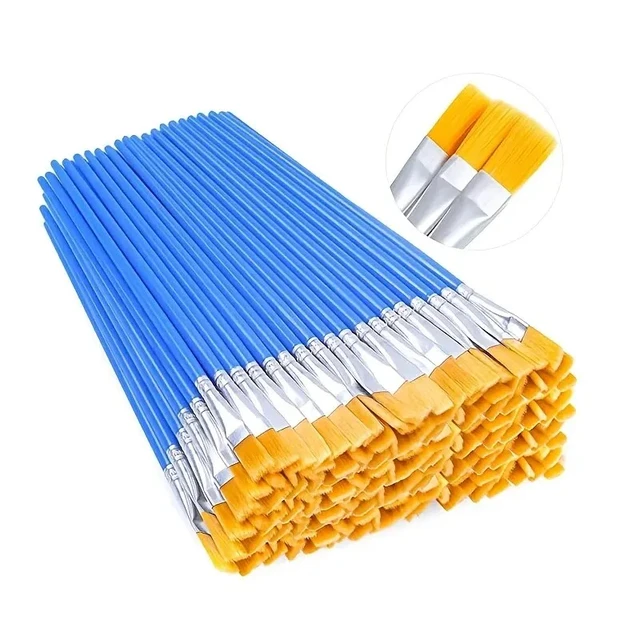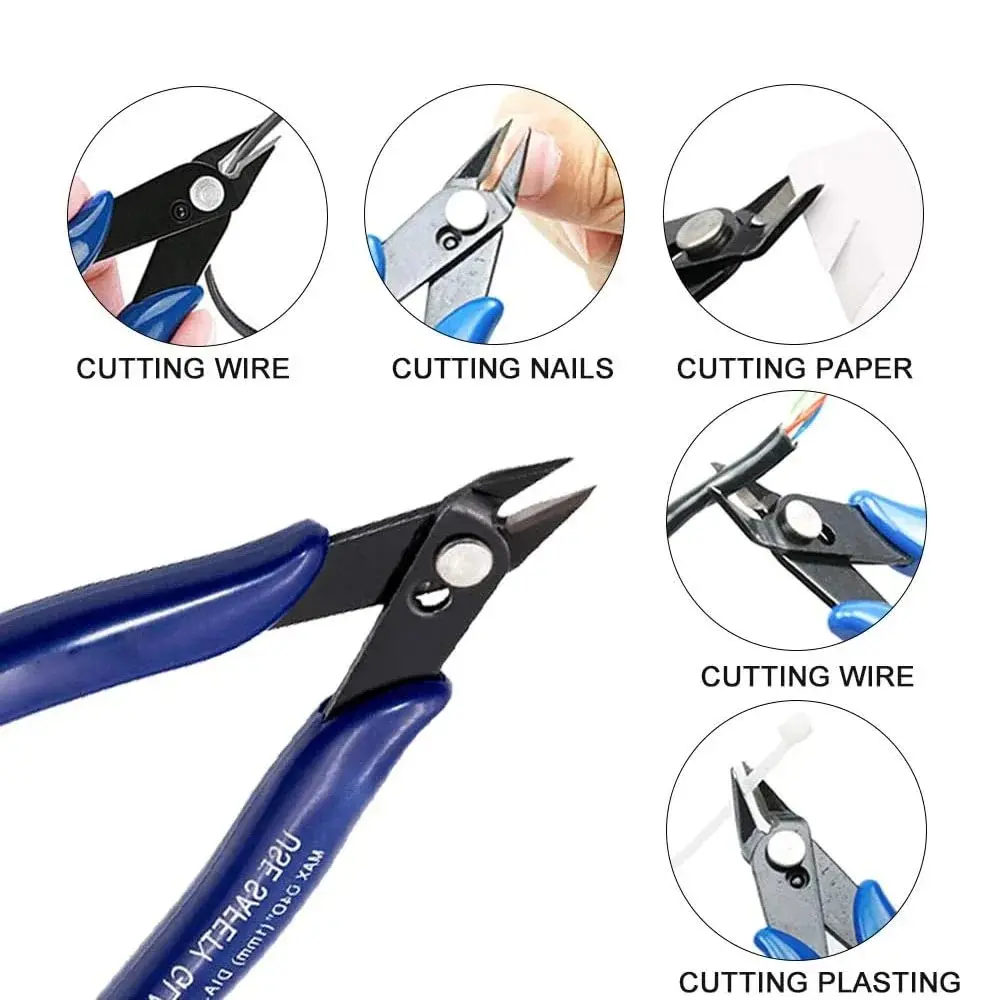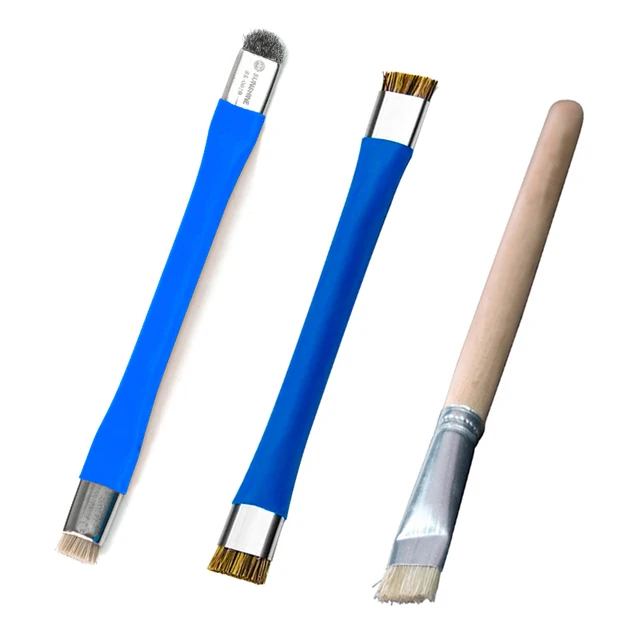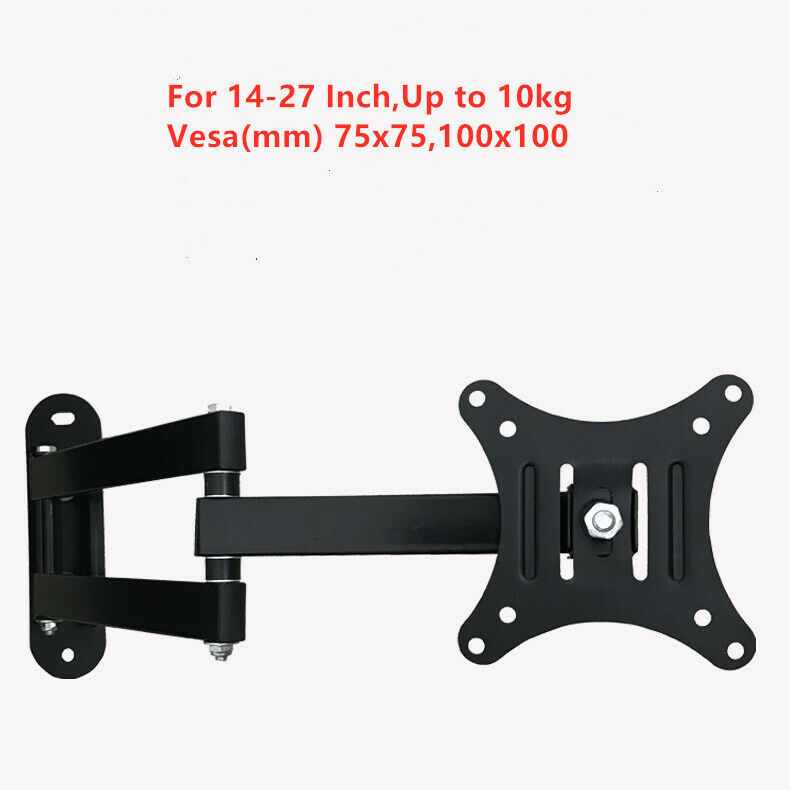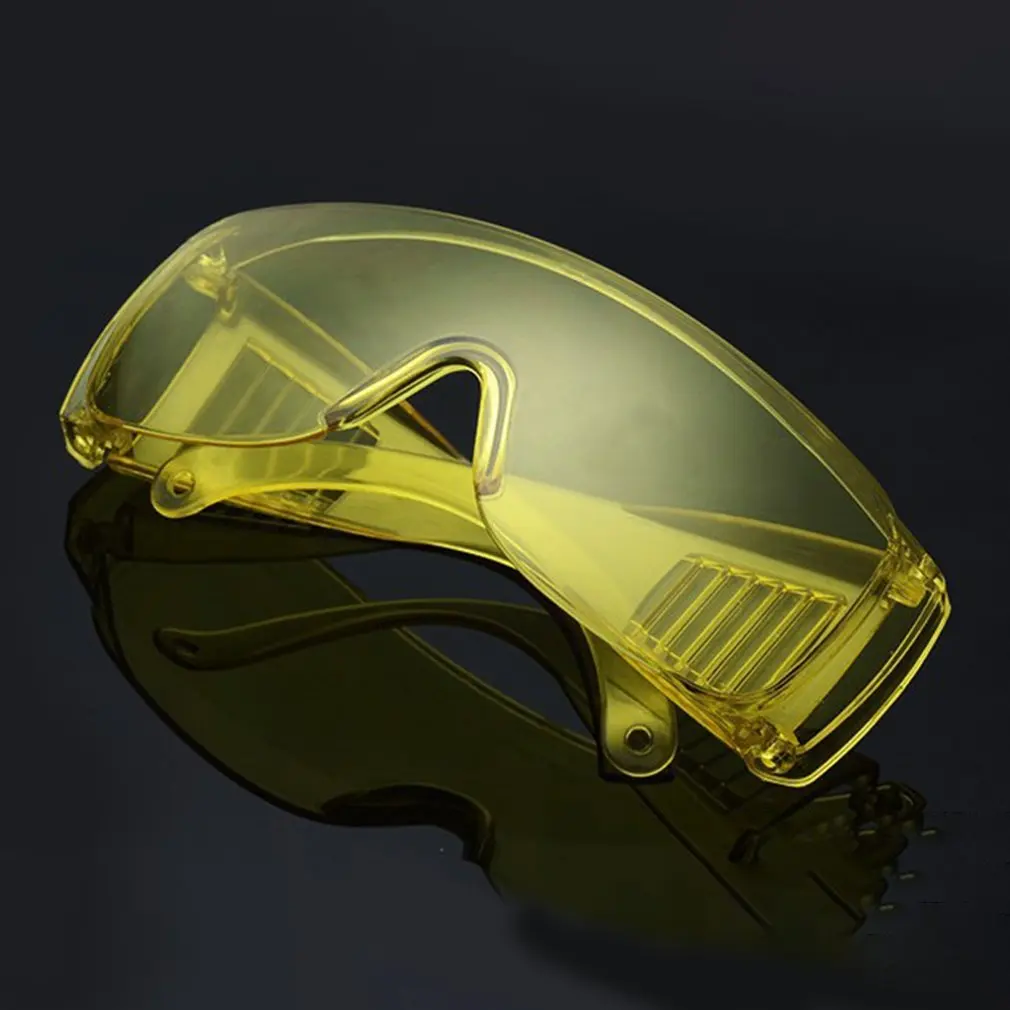This post is part of my video blog and you can find more information about this video.
You can support this channel on Patreon: patreon.com/JohnElliotV
Silly Job Title: Bolt Boy. I am the Bolt Boy!
In this video we take a look at what has arrived in the mail from Amazon, eBay, AliExpress and Farnell (element14).
- ATMEGA328P-PU 8 Bit MCU, AVR ATmega Family ATmega328 Series Microcontrollers, AVR, 20 MHz, 32 KB, 28 Pins, DIP
- 50PCS 1W Metal film resistor 1% 1R ~ 1M 2R 10R 22R 47R 100R 330R 1K 4.7K 10K 22K 47K 100K 470K 1 10 22 47 100 330 ohm resistance (5.1k, 22k, 51k)
- 100PCS 1/4W 1% Metal Film Resistor 100R 220R 1K 1.5K 2.2K 4.7K 10K 22K 47K 100K 100 220 1K5 2K2 4K7 Ohm Resistance Ibuw 1R~22M (10M)
- 500Pcs Drawing Pins, BetterJonny Silver Push Pins 9.5mm Iron Thumb Tacks Head Nail Pin Doornail for Office or DIY
- 29000PA Cordless Hand Held Mini Portable Car Auto Home Wireless Vacuum Cleaner (green)
- Ratcheting Combination Wrench Set, 6-23mm Metric Flex Head Ratcheting Wrench, Chrome Vanadium Steel Spanner with Bag (16pcs)
- 10 Pcs Handheld Vacuum Cleaner Filter Hepa LY002X LY002DBL LY003H Non woven vacuum cleaner filter element (QP4792)
- Welding Wire Fixture Adjustable Suction Bracket Welding Table Clamp For Motherboard Soldering Welding Locator Soldering Tools (3pcs)
- 8-Piece Blackhead Remover Kit – Stainless Steel Blemish & Acne Extraction Tools – Professional Pimple Popper Set for All Skin (Silvery 8 pcs)
- ANENG BT-171 Multifunctional Battery Testers 12V Auto Repair Industry Detection with LED Reverse Display Screen Electrician Tool (BT-171 Black)
- 140-840pcs U Shape Solderless Breadboard Jumper Cable Wire Kit 14 Types Lengths for PCB Bread Board Prototyping Circuits Boards (840PCS)
- 300/960pcs Ceramic Capacitors Kit 2pF-0.1uF Electronic Components Package Capacitor Assorted Samples Diy Kit (300pcs-without box)
- SMD Advanced Full Patch Welding Practice Board Electronic Components SMT Skills Training PCB Welding Practice Kit (A and B)
- 30PCS PCB Board Kit SOP24 SOP8 SOP14 SOP16 SOP20 SOP28 SMD Turn To DIP Adapter Converter Plate SOP 8 14 16 20 24 28 Ibuw
- Sandpaper Roll Emery Cloth Sanding Abrasive Sheets 80 120 180 240 600 800Grit Sand Paper Sanding Abrasive Sheets (400 Grit, 600 Grit)
- Ratcheting Crimping Tool Set For Dupont JST MOLEX Open Barrel,Dupont Molex JST TE Terminals & EPC PCIE SATA Pins SN-58B (SN-58B)
- DC7-40V Battery Level Indicator 12V 24V 36V 48V Acid/Lipo Lithium Battery Capacity Board Voltage Battery Charging Tester (green)
- 1 Sets SG90 MG90s 9g Steering Gear Pan Tilt Two Axis PTZ Ultrasonic Aerial Model Camera Mount FPV Camera Support Accessories (PTZ with 2 servo)
- 400PCS capacitor kit Aluminum Electrolytic SMD condensadores electrolíticos 1uF~1000uF 6.3V-50V 24Value with box kit de reparac
- 960Pcs/lot Ceramic capacitor Assortment Kit 2PF-0.1UF 50V Ceramic capacitors set 24value*40pcs diy Electronic capacitors 20% (24Value Kits 960Pcs)
- 9IMOD Screwdriver Storage Rack Holder Multifunctional Organizer RC Repair Tools Kit Desktop Stand for Hex Cross Screw Driver (Color: Silver)
Thanks very much for watching! And please remember to hit like and subscribe! :)
Following is a product I use picked at random from my collection which may appear in my videos. Clicking through on this to find and click on the green affiliate links before purchasing from eBay or AliExpress is a great way to support the channel at no cost to you. Thanks!
Yum Cha Mini High-Precision Electronic Scale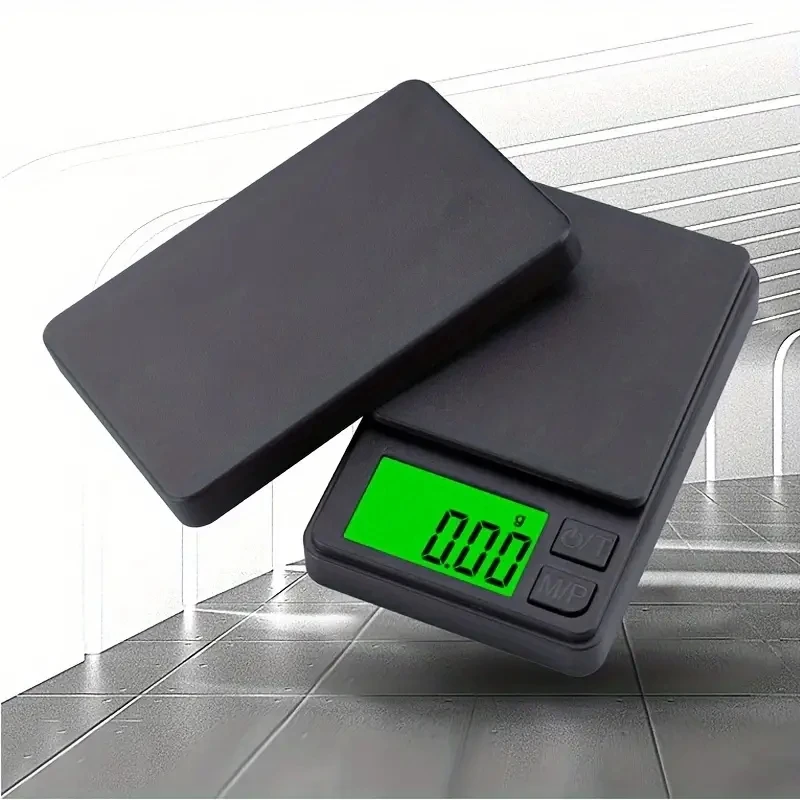 notes notes |
Let’s go shopping!

